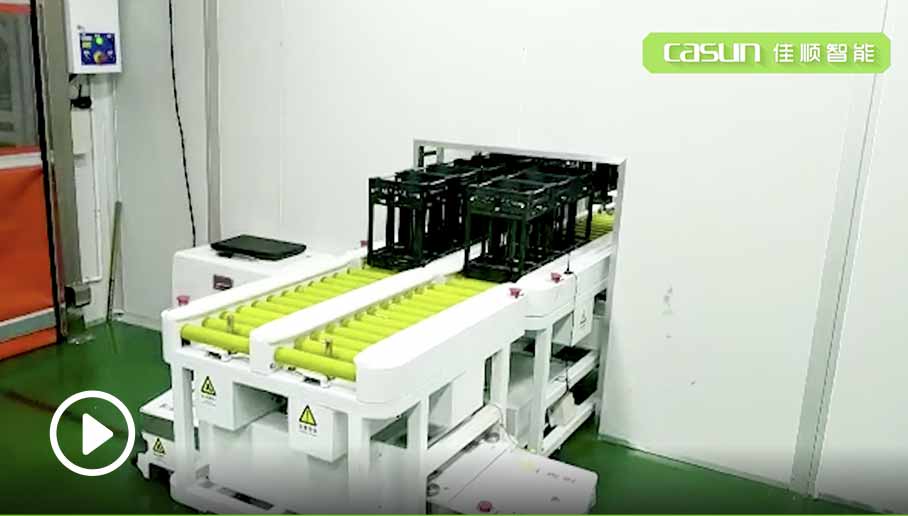 Focus on AGV industry for 18 years
Focus on AGV industry for 18 years
 Focus on AGV industry for 18 years
Focus on AGV industry for 18 years
With the increasing demands for safety and efficiency in the food industry, the Beef Cutting, Packaging, and Inbound Warehouse Automation Project aims to optimize the beef processing workflow by introducing advanced automation technologies and intelligent equipment. The primary objectives are to achieve efficient packaging and automated inbound storage, thereby enhancing production efficiency, reducing labor costs, and ensuring product hygiene standards. This initiative is designed to meet the rapidly growing market demand for high-quality beef products.

In cold environments, workers' hand dexterity and reaction speed may be impaired, increasing operational difficulty and safety risks. This makes it more challenging to handle tasks efficiently, especially in the fast-paced food processing and packaging industry, where maintaining hygiene and speed is crucial.
High-frequency material handling and rapid production cycles can cause workers to lose focus over long periods. This not only impacts productivity but also increases the likelihood of safety hazards, as fatigue and inattentiveness can lead to accidents or errors in the process.
It is difficult for personnel to achieve real-time data collection, analysis, and optimization of production workflows. This challenge is especially evident in environments with high throughput, where tracking materials, monitoring equipment status, and ensuring efficient inventory management require a more integrated approach to minimize errors and enhance decision-making.

The latent lifting AGV is used to autonomously complete tasks such as transferring finished beef products and scanning for warehousing;
The mobile robot is integrated with the packaging machine and material identification equipment, enabling automatic transfer, automatic packaging, and automatic data scanning and uploading.


The entire process, from packaging to scanning and storage, is completely automated, eliminating the need for manual intervention and ensuring efficient, unmanned management.

The system ensures the AGVs operate seamlessly in a -10°C environment, maintaining vehicle functionality even in low-temperature conditions, while managing operations through distinct zones.

The solution integrates various hardware and software devices, enabling seamless communication between equipment. It ensures full-process information collection and closed-loop management。
